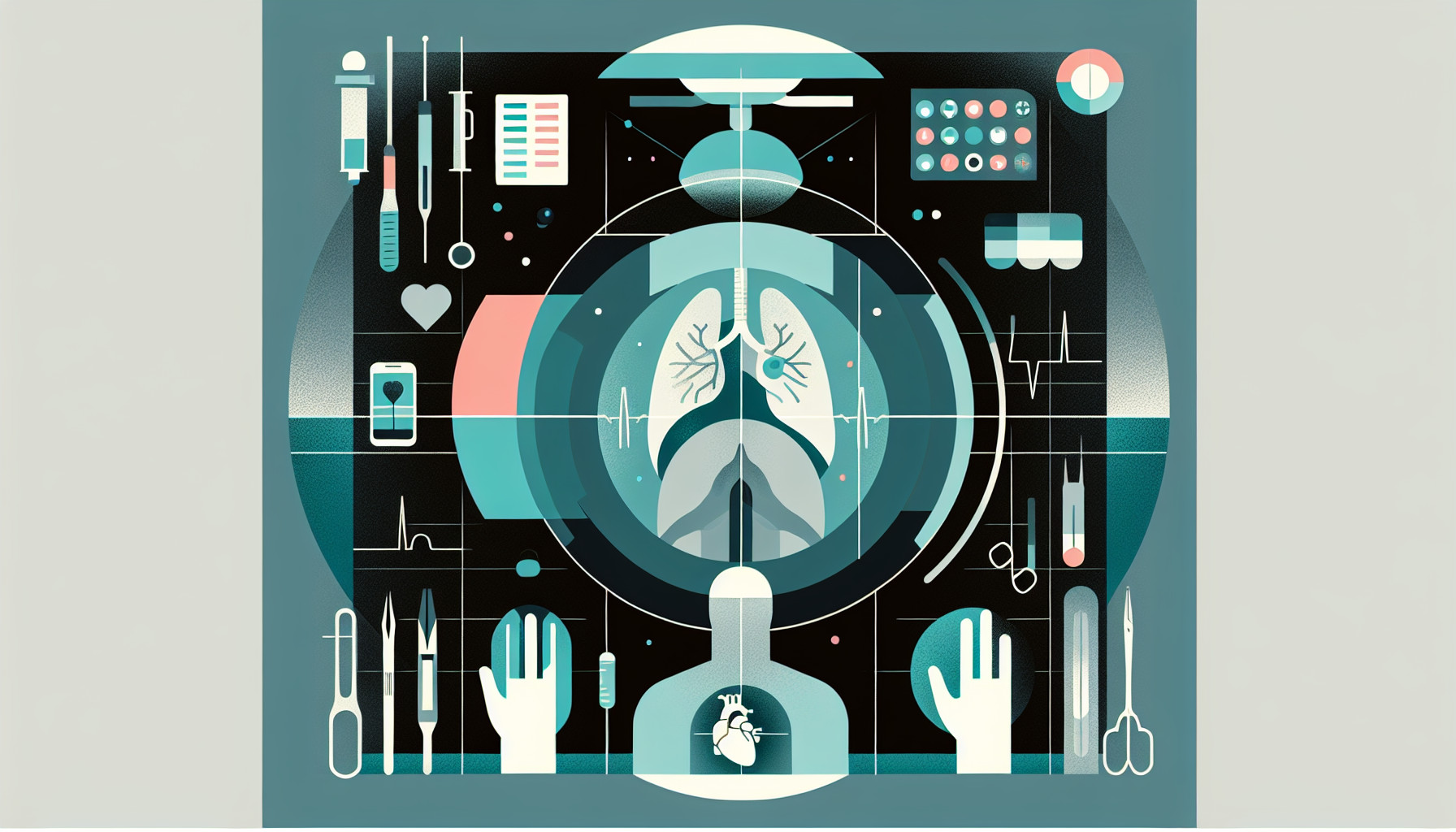Our Summary
This study looks at a new surgical technique for nipple-sparing mastectomy, a type of surgery done for breast cancer. The researchers used a different way of cutting the skin, which they found not only made the operation easier, but also helped to keep the nipple healthy and improved the appearance of the breast after surgery.
They tested this technique on 27 patients between December 2016 and February 2019. After the mastectomy, they reconstructed the breast using a tissue expander covered by a special mesh, which was then replaced with an implant. They also used lipofilling, a procedure where fat is transferred to the breast, when necessary.
The results showed that this method had a low rate of complications. Only one patient developed a fluid buildup (seroma), and another had a systemic infection, but this was treated with antibiotics. There was no loss of implants, and no cases of nipple death or insufficient blood supply.
The patients’ satisfaction with their breasts, psychological well-being, and sexual well-being all significantly improved after surgery. There was a slight decline in the physical impact of the surgery from before to after the operation, but this wasn’t statistically significant.
In conclusion, the researchers found that the way the skin is cut during a mastectomy can affect both the ease of the operation and the final appearance of the breast. They suggest that their new technique is a safe and effective method for nipple-sparing mastectomy in patients with small to medium-sized breasts.
FAQs
- What is the new surgical technique being studied for nipple-sparing mastectomy?
- What were the results of the study on the new surgical technique for nipple-sparing mastectomy?
- Is the new surgical technique for nipple-sparing mastectomy safe and effective for all breast sizes?
Doctor’s Tip
A helpful tip a doctor might tell a patient about nipple reconstruction is to discuss with their surgeon about the possibility of using the new surgical technique that involves cutting the skin in a different way. This technique has been shown to improve the appearance of the breast after surgery and reduce the risk of complications. Patients should also inquire about the use of tissue expanders, mesh, implants, and lipofilling during the reconstruction process to achieve the best results. It is important for patients to communicate their goals and expectations with their surgeon to ensure a successful outcome.
Suitable For
Patients who are typically recommended nipple reconstruction are those undergoing nipple-sparing mastectomy for breast cancer treatment. This study specifically looked at patients with small to medium-sized breasts who underwent this type of surgery and found that the new surgical technique was safe and effective in improving the appearance of the breast post-surgery. Nipple reconstruction can help patients feel more satisfied with their breasts and improve their psychological and sexual well-being after undergoing mastectomy.
Timeline
Overall, the timeline for a patient undergoing nipple reconstruction after a nipple-sparing mastectomy would involve the initial mastectomy surgery, followed by breast reconstruction using a tissue expander and mesh, with potential lipofilling. This would be followed by the actual nipple reconstruction surgery, which typically occurs several months after the initial mastectomy to allow for proper healing.
After the nipple reconstruction surgery, patients would undergo a period of recovery, which may involve some discomfort and swelling. However, the overall satisfaction with the appearance of the breast, as well as psychological and sexual well-being, typically improves significantly following nipple reconstruction.
Overall, the process of nipple reconstruction can greatly improve the physical and emotional well-being of patients who have undergone a mastectomy, providing a sense of normalcy and completion to the breast reconstruction process.
What to Ask Your Doctor
- What are the potential risks and complications associated with nipple reconstruction surgery?
- How long is the recovery period after nipple reconstruction surgery?
- Will I need additional procedures, such as lipofilling, to achieve the desired aesthetic outcome?
- How soon after my mastectomy can nipple reconstruction be performed?
- Can you show me before and after photos of previous patients who have undergone nipple reconstruction using this technique?
- What type of anesthesia will be used during the procedure?
- Will I have sensation in my nipples after reconstruction?
- How long will the results of nipple reconstruction last?
- Are there any lifestyle changes I should make before or after nipple reconstruction surgery?
- What is the success rate of nipple reconstruction using this new technique compared to traditional methods?
Reference
Authors: Marcasciano M, Torto FL, Codolini L, Kaciulyte J, Luridiana G, Cassetti D, Barellini L, Neri A, Ribuffo D, Greco M, Casella D. Journal: Aesthetic Plast Surg. 2023 Apr;47(2):546-556. doi: 10.1007/s00266-022-03115-y. Epub 2022 Oct 24. PMID: 36280606
